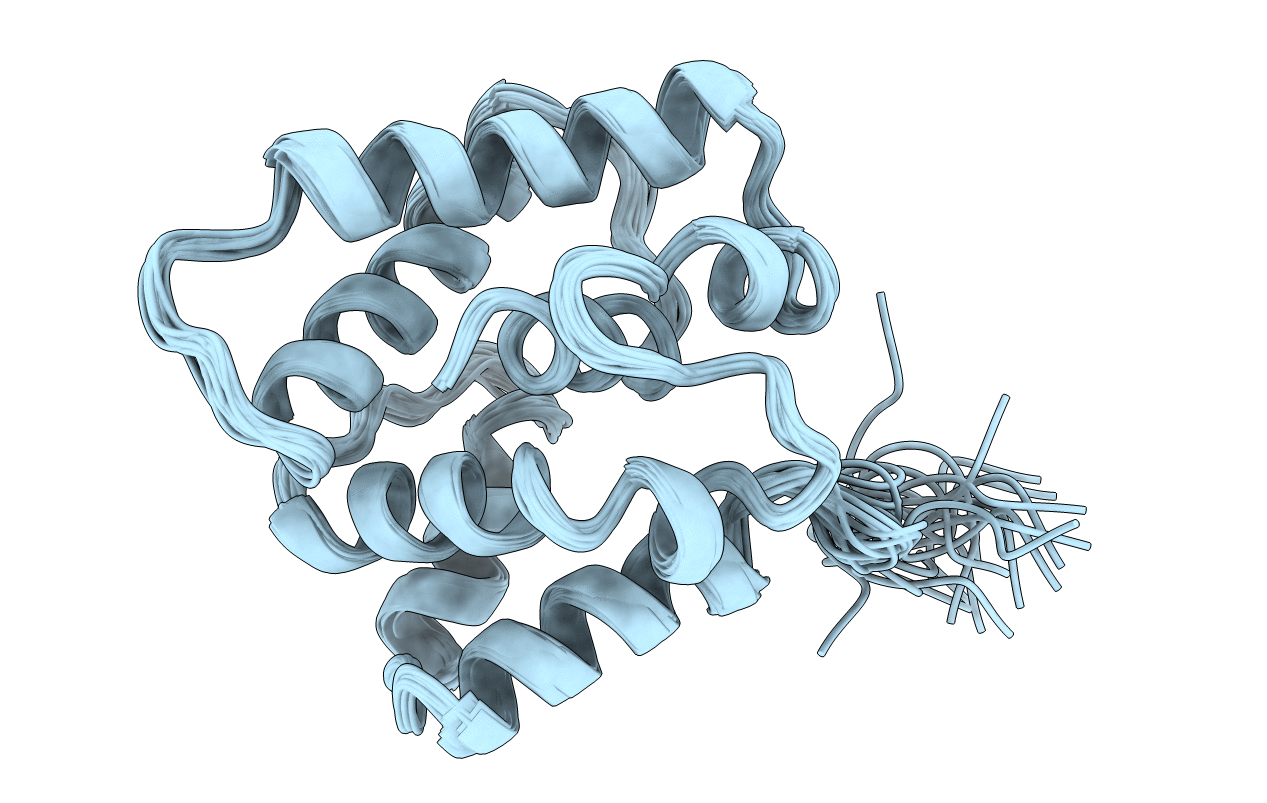
Deposition Date
2007-05-20
Release Date
2007-10-30
Last Version Date
2024-10-30
Entry Detail
PDB ID:
2JPO
Keywords:
Title:
NMR structure of Antheraea polyphemus pheromone-binding protein 1 at pH 4.5
Biological Source:
Source Organism:
Antheraea polyphemus (Taxon ID: 7120)
Host Organism:
Method Details:
Experimental Method:
Conformers Calculated:
80
Conformers Submitted:
20
Selection Criteria:
target function


